Whooper Week: A Rare Bird
Tuesday, October 17th, 2017This is Passport to Texas’…Whooper Week.
Whooping cranes may be one of the rarest bird species in North America, but they’re hard to miss.
When we look at whooping cranes, there’s really nothing on the landscape its size. We do have lots of Sandhill cranes here, wintering in Texas. But, the whooping crane is somewhere in the neighborhood of over five feet tall, and has a wing span of over seven feet. In reality, it’s mostly white, so they really show up on the landscape, and they’re very iconic. You can see them from a long distance. And when they’re flying, they appear to take up the sky. And so, they tend to be these iconic species that people are really drawn to.
Biologist, Shaun Oldenburger, says what really gives them away is their call. [Whooper call] Since the 1940s, we’ve gone from a low of 20 birds to 329 according to the 2015-2016 winter survey.
And so, that is pretty substantial over the 20 birds or so during the 1940s. And what is even more incredible is if you think about these birds is they have very high survival rates and very low reproductive rates. And so, they only nest once per season. They usually lay two eggs per year and nine times out of ten you only have one bird that is successful in fledging. When you look at that, it’s just really slow trying to bring the species back from the brink of extinction, and trying to bring those birds back to a recoverable level.
More good news tomorrow when Whooper Week continues.
The Wildlife Restoration program supports our series.
For Texas Parks and Wildlife, I’m Cecilia Nasti.
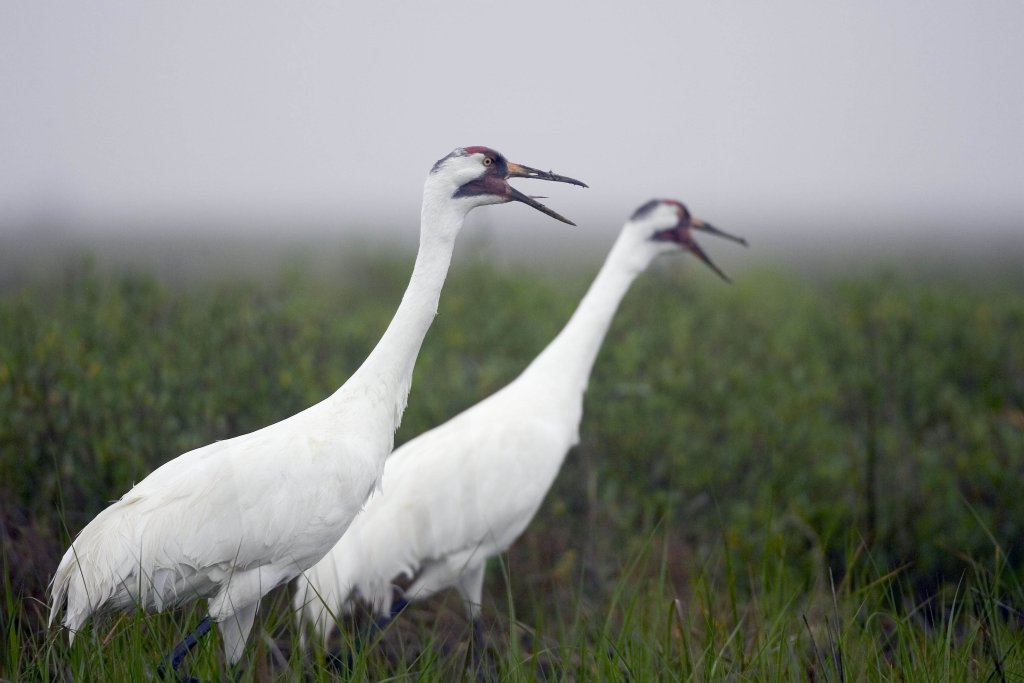

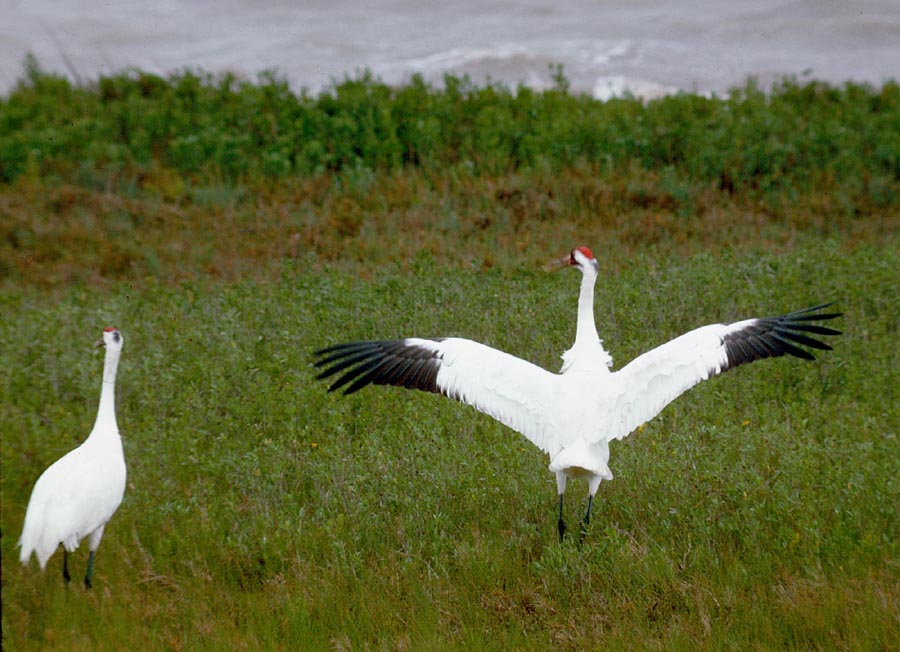
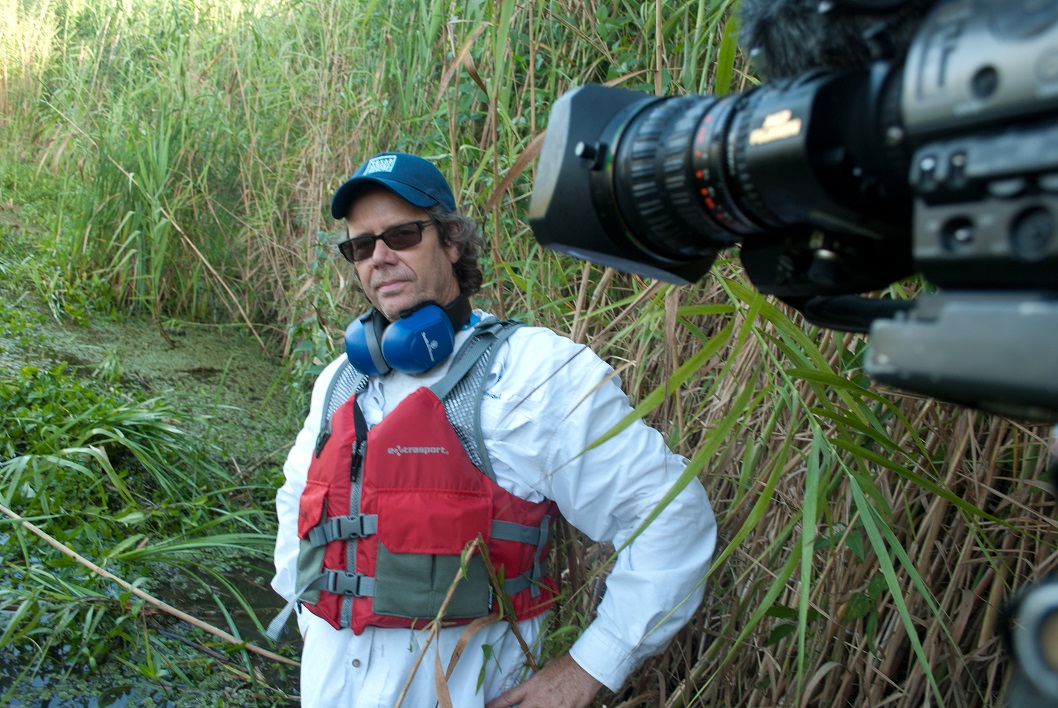
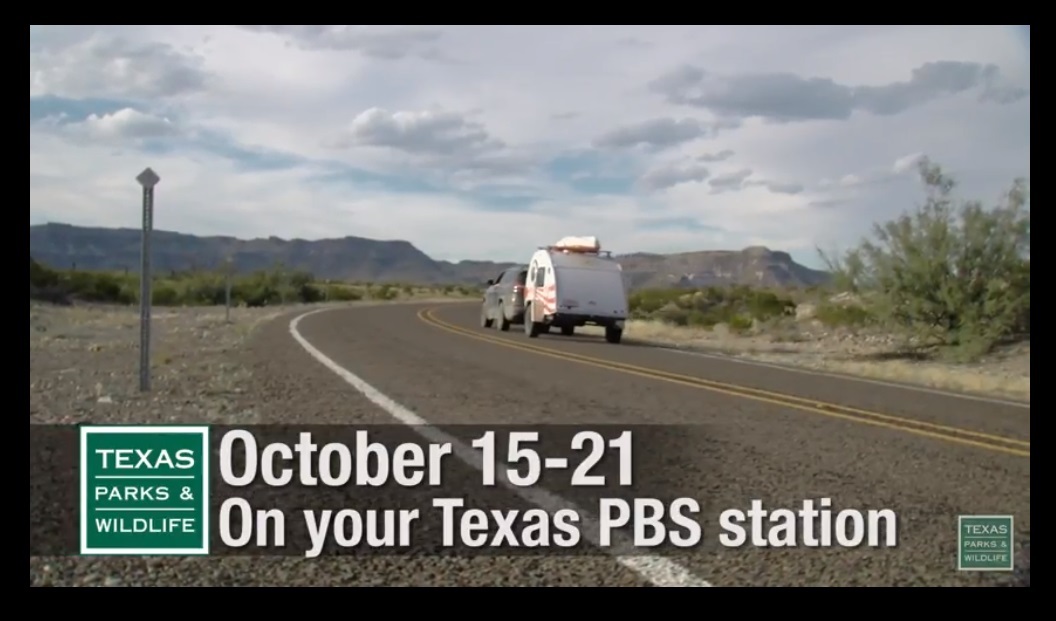
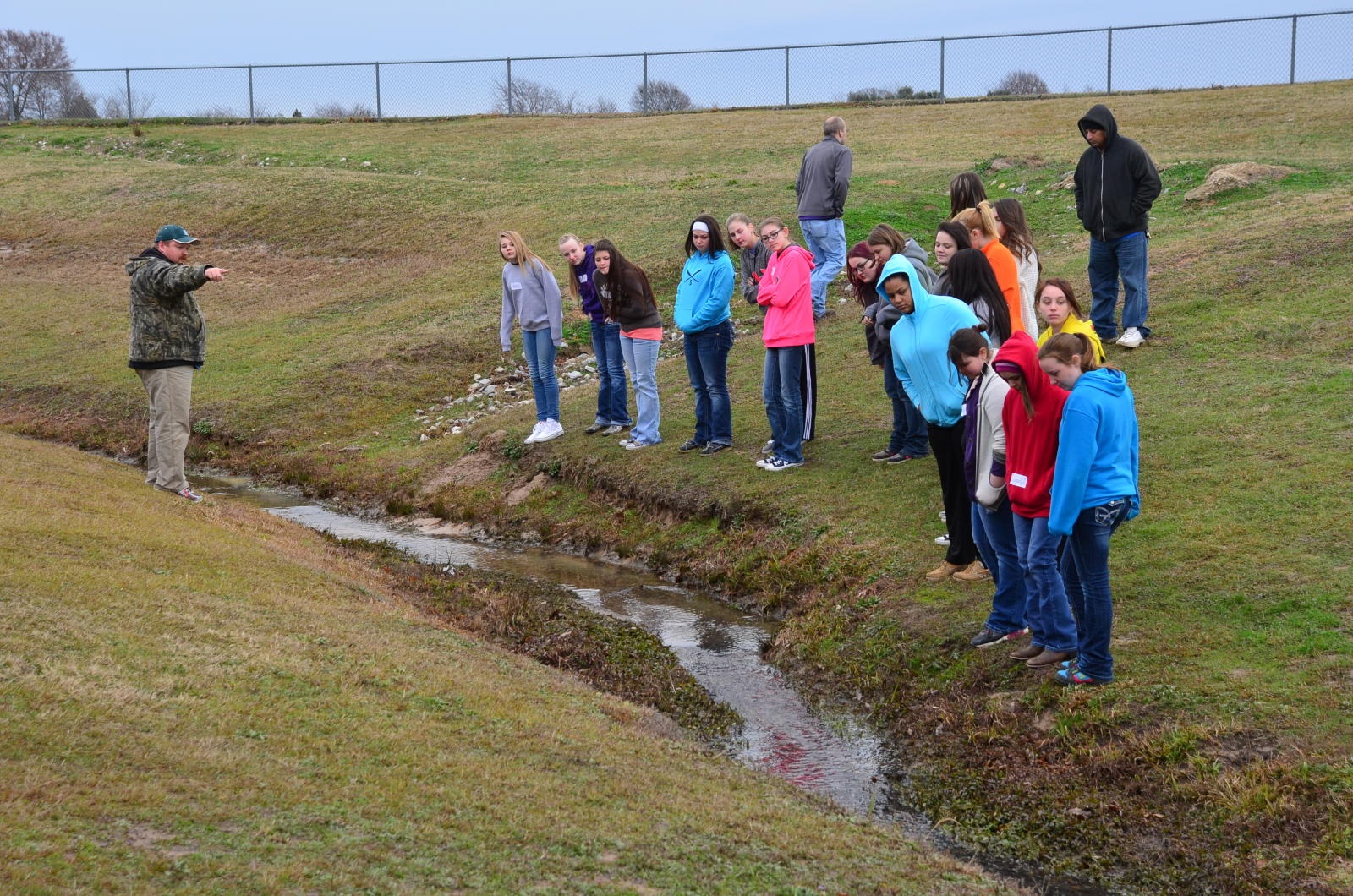

 Passport to Texas is a
Passport to Texas is a  Passport to Texas is made available by:
Passport to Texas is made available by: